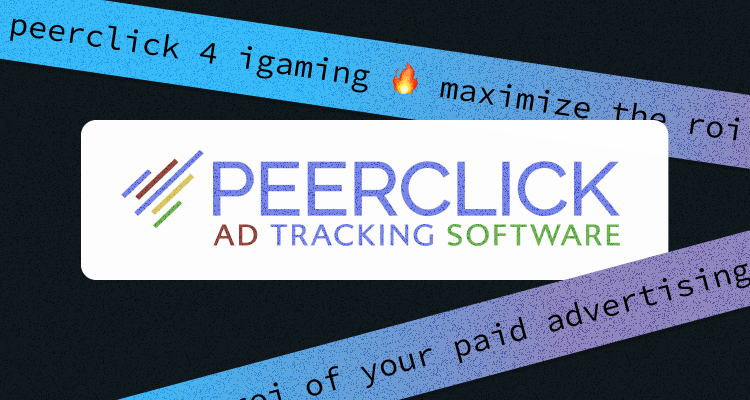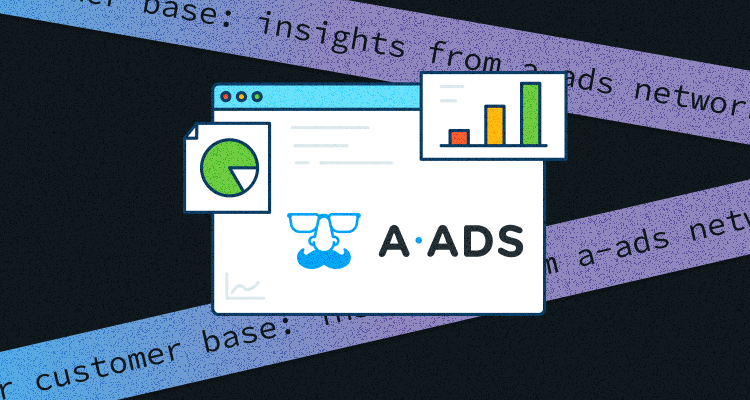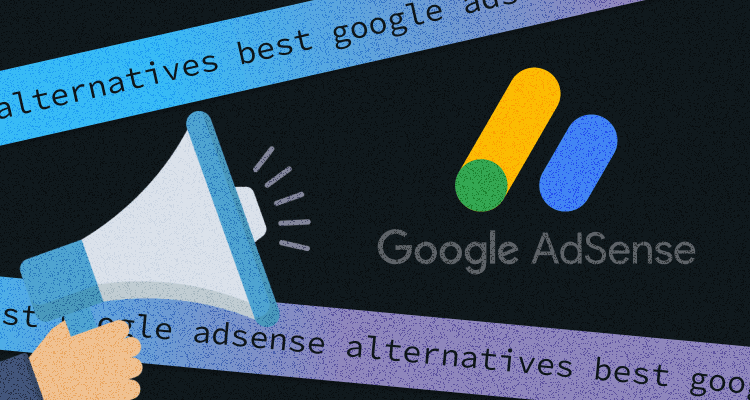The internet is undergoing significant evolution, bringing about major transformations in social media. Traditional social media platforms have been associated with intrusions into user privacy, questionable data practices, and extensive censorship. In contrast, Web3 social media platforms aspire to revolutionize these aspects. This article will tell you how Web 3.0 social media platforms work. It also identifies the leading options currently available in the market.
What are Web 3 social media platforms?
Web3 social media platforms significantly changed online engagement and interaction, prioritizing user control, privacy, and decentralization. These platforms offer an alternative to the traditional Web2 social media giants. Examples of such platforms include Steemit, Minds, Mastodon, Taki, Lifetoken, and others, each aiming to create a more transparent and user-centric experience.
Web3 social media platforms use advanced technologies like blockchain and smart contracts to give users greater autonomy and control over their data and content. They are designed to address the shortcomings of traditional platforms, offering enhanced security, user control, and innovative features such as support for smart contracts and other blockchain-powered protocols.
How does the Web3 social media platform work?
A Web 3.0 social media platform represents a fusion of cutting-edge technology and core principles of equity, privacy, and user autonomy. Unlike traditional centralized servers where a single entity holds control, these platforms operate across a distributed network of computers known as nodes, fostering a decentralized structure. This decentralization empowers users with increased authority over their data and digital identities, departing from the monopolistic control seen in mainstream social media.
Moreover, these platforms boast native cryptocurrencies or tokens, introducing a novel dimension to user engagement. These tokens hold tangible value and are rewarded to users for their active contributions, effectively incentivizing meaningful participation. Furthermore, the community can use these tokens to express gratitude towards their preferred content creators, further enriching the interactive dynamics within the platform.
What are the advantages of a Web3 Social Media Network?
The advantages of Web3 social media networks stem from their innovative approach to digital interaction and user empowerment. Here are some key benefits:
Web3 social media platforms operate on a decentralized network of computers known as nodes. They enhance security and reduce the risk of data breaches, censorship, and server outages. This decentralized structure gives users greater control over their data and online identities, fostering a more secure and transparent environment.
These platforms have native cryptocurrencies or tokens, which hold tangible value and can be earned by users for their contributions. Users can also use these tokens to express appreciation to their favorite content creators, creating a rewarding and engaging user experience.
Web3 platforms often combine decentralized governance models, which allow users to actively participate in decision-making processes. This collective approach to platform upgrades and changes fosters a democratic and inclusive environment.
Web3 social media platforms offer cool features, such as support for smart contracts and other blockchain-powered protocols. These features allow users to create unique experiences within their communities, contributing to a more dynamic and interactive social media landscape.
List of the Top 10 Web3 Social Media Platforms
Top 10 web 3 social media platforms include:
- Lenster
- Mirror
- Diamond App
- Showtime
- Minds
- Orb
- RARA
- DSCVR
- AKasha
- Phaver
1. Lenster
Lenster is an innovative social media web application that operates on composability, decentralization, and permission lessness. Powered by Lens Protocol, it has gained significant recognition as the pioneering Web3 social platform. Lenster offers a comprehensive and immersive experience for users to engage with their social network. Its user interface and functionality resemble Twitter's while providing extensive support for various non-fungible tokens (NFTs). The platform focuses on nurturing micro-communities and fostering meaningful connections, offering decentralized group interactions and empowering individuals in new and exciting ways. Lenster is a notable addition to the Web3 social media landscape, exemplifying the growing movement towards decentralized, user-centric experiences.
2. Mirror
Mirror is a pioneering Web3 platform that is revolutionizing the publishing landscape by allowing writers to tokenize their work, essentially turning each article or entry into a digital collectible. Built on top of Ethereum, Mirror allows writers to publish, own, and earn money from their content. It offers a decentralized and user-owned network, starkly contrasting with the Web 2.0 model, where the owners of social networks own users' data and identity. Mirror's publishing platform transforms the way individuals express, share, and monetize their thoughts, empowering writers to crowdfund their work and engage with their audience in a gated group on Telegram. Additionally, Mirror bridges the gap between Web3 and Web2, offering native support for the entire life cycle of creators, communities, and DAOs. This innovative platform is constantly evolving to support the propagation of ideas in the Web3 world, making it a significant player in decentralized writing and publishing.
3. Diamond App
Diamond App, a decentralized social media platform powered by DeSo blockchain technology, empowers users with control over their social identities and the opportunity to monetize their content and influence. It introduces creator coins, unique tokens representing users' reputation and influence within the network. It allows users to invest in creators they believe in by buying, selling, and holding creator coins.
With a thriving community of over 130,000 active users as of November 2022, Diamond App features a familiar social feed showcasing popular posts and content from followed creators. Users can create profiles, share bios, and direct messaging with other creators. Unlike traditional Web 2.0 platforms, likes on the Diamond App hold monetary value, as the platform features a tipping system (diamonds) enabling users to send crypto to their favorite creators. This innovative approach allows creators to earn actual money for the appreciation shown by their fans. Furthermore, creators can mint their posts as NFTs, transforming them into digital collectibles, adding a unique dimension to content creation and ownership.
4. Showtime
The Web3 Showtime platform offers several advantages, including greater financial and career opportunities for users, increased ownership over their own data, and the potential for a more intelligent, connected, and responsive web. Additionally, Web3 technology can provide a decentralized internet powered by blockchain, ensuring the safety and security of user data and offering individuals a stake in platforms and applications rather than allowing digital giants to dominate them. However, it's important to consider the potential risks associated with Web3, such as the possibility of furthering addiction to the internet and social media, the use of blockchain for government surveillance, and potential instability in the overall financial system.
5. Minds
Minds is an open-source Web3 social media platform that provides users with a privacy-focused and decentralized alternative to mainstream social networks. Users earn Minds tokens, a cryptocurrency to boost content, support other users, and unlock premium membership features. These tokens are stored on the Ethereum blockchain, ensuring transparency and accountability for token transactions.
The crypto integration helps users to use Minds Tokens to enhance the visibility of their content and exchange tokens for other cryptocurrencies or fiat currencies, enabling them to derive value from their contributions and potentially monetize their efforts on the social network.
With 2.5 million registered users by 2020, Minds offers various features for user interaction, including content posting, direct communication, following other users, and community participation. Users also can engage with posts through reactions, comments, and shares, facilitating meaningful discussions and connections.
6. Orb
Orb is a decentralized professional networking app for web3 that runs on the Polygon chain. Orbs is designed to cater to artists, creators, and users, offering a fun and engaging experience within the Web3 ecosystem.
The platform aims to provide a decentralized and transparent environment for users to explore and interact with various digital content and applications. One of the key advantages of Orbs is its integration with Fantom, a new contender in the Web3 space, which enhances the platform's capabilities and scalability, particularly in hosting applications for decentralized finance (DeFi). This integration sets the stage for improving Fantom-based DeFi applications with Orbs' Layer 3 functionality, enabling smart contracts to perform more sophisticated activities.
7. RARA
RARA is a Web3 platform that aims to revolutionize social curation by using Web3 emojis and GIFs as reactions, replacing the traditional like button. This innovative approach enhances user engagement and expression within the platform, fostering a more dynamic and interactive social experience.
Additionally, integrating Web3 emojis and GIFs aligns with the broader Web3 movement, which seeks to empower users and promote decentralized, transparent, and user-owned Internet services.
RARA differentiates itself from other Web3 platforms through its unique focus on social curation, leveraging Web3 emojis and GIFs as reactions to enhance user engagement and expression. This innovative approach sets RARA apart by offering a more dynamic and interactive social experience than traditional platforms.
8. DSCVR
DSCVR is a Web3 social content network operating on the Internet Computer blockchain, setting the standard for on-chain social platforms. It has quickly onboarded over 100,000 users, generated millions in NFT rewards, and secured a $9 million seed funding round led by Polychain Capital. The platform's remarkable growth is attributed to NFT integrations, community gating and voting, and cross-product collaborations. DSCVR's integration with Bitcoin for airdrops and tipping also marks a significant advancement in the SocialFi movement, providing new monetization routes for content creators and projects.
9. AKasha
AKASHA is another great Web3 platform that prioritizes optimal decentralization while maintaining a user-friendly experience. It emphasizes privacy without compromising essential features and supports the creation of diverse communities.
The platform's open-source framework enables the building and distribution of composable Web3 apps, fostering a modular platform that empowers communities to self-organize, build, and access distributed apps. Additionally, AKASHA World honors users' universal digital identity. It provides a platform for decentralized autonomous governance, allowing members to propose, debate, and implement changes. The platform also introduces innovative features such as Beams, which redefine social posting, and Blocks, which combine multiple integrations into posts, offering a unique and engaging social experience. AKASHA's commitment to decentralized social networking and emergent Web3 communities sets it apart as a promising platform for the next generation of social networking.
10. Phaver
A platform that rewards its users with platform ownership by issuing tokens for sharing their favorite content. Other advantages include:
- Open and Inclusive Platform: Phaver welcomes everyone without needing whitelists or complex onboarding processes. Users can sign up with their email or social login and use the platform without added complexities.
- Multi-Protocol Integration: Users can connect their Lens Protocol and CyberConnect accounts to take their posting and following on-chain, allowing everything in their wallets to be used as a building block of their social graph.
- Gamified Engagement: Phaver offers a multi-gamified experience where users can build up their credibility by connecting their Web3 collectibles, badges, and credentials, earning unique perks and rewards.
- Fair Rewards: The platform implements gamified and farming-resistant reward mechanisms to ensure that the right people earn Phaver Points and future token rewards for their contributions.
- Decentralized and User-Centric Experience: Phaver provides a decentralized and user-centric social media experience, empowering users to directly benefit from their participation through token rewards and other incentives.
Some conclusion
A Web3 social network offers a refreshing alternative to traditional social channels. By engaging with Web3 platforms, users can enjoy the advantages of community governance and enhanced transparency. Consider exploring one of the platforms above to personally experience the unique offerings of a Web3 social network.










